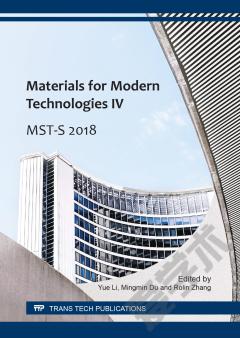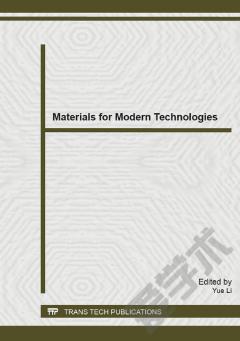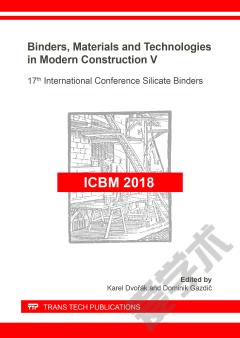Materials for Modern Technologies VI
The fatigue crack propagation of Al-Zn-Mg-Cu alloys could be influenced by the content of main alloying element. In the present work, two Al-Zn-Mg-Cu alloys with a same Zn/Mg ratio were treated by two stage over-aging aging treatment and typical T7651 states were extracted via mechanical properties. Fatigue crack propagation of the two alloys were tested and the related precipitation characteristics and fracture morphology were observed. The results showed that the alloy with higher Zn, Mg contents possessed a better fatigue crack propagation resistance compared with the alloy with lower Zn, Mg contents. The corresponding fracture morphology also showed the difference of fatigue striation, which provided an additional support. The precipitation observation demonstrated that the both alloys possessed GPII zone, η' phase and η phase while the alloy with higher Zn, Mg contents had a larger average precipitate size and a larger proportion of large size precipitates compared with the alloy with lower Zn, Mg contents. Cut and bypass mechanisms of dislocation-precipitate interactions were used to explain the difference of fatigue crack propagation between the two alloys.
{{comment.content}}








 京公网安备 11010802027623号
京公网安备 11010802027623号